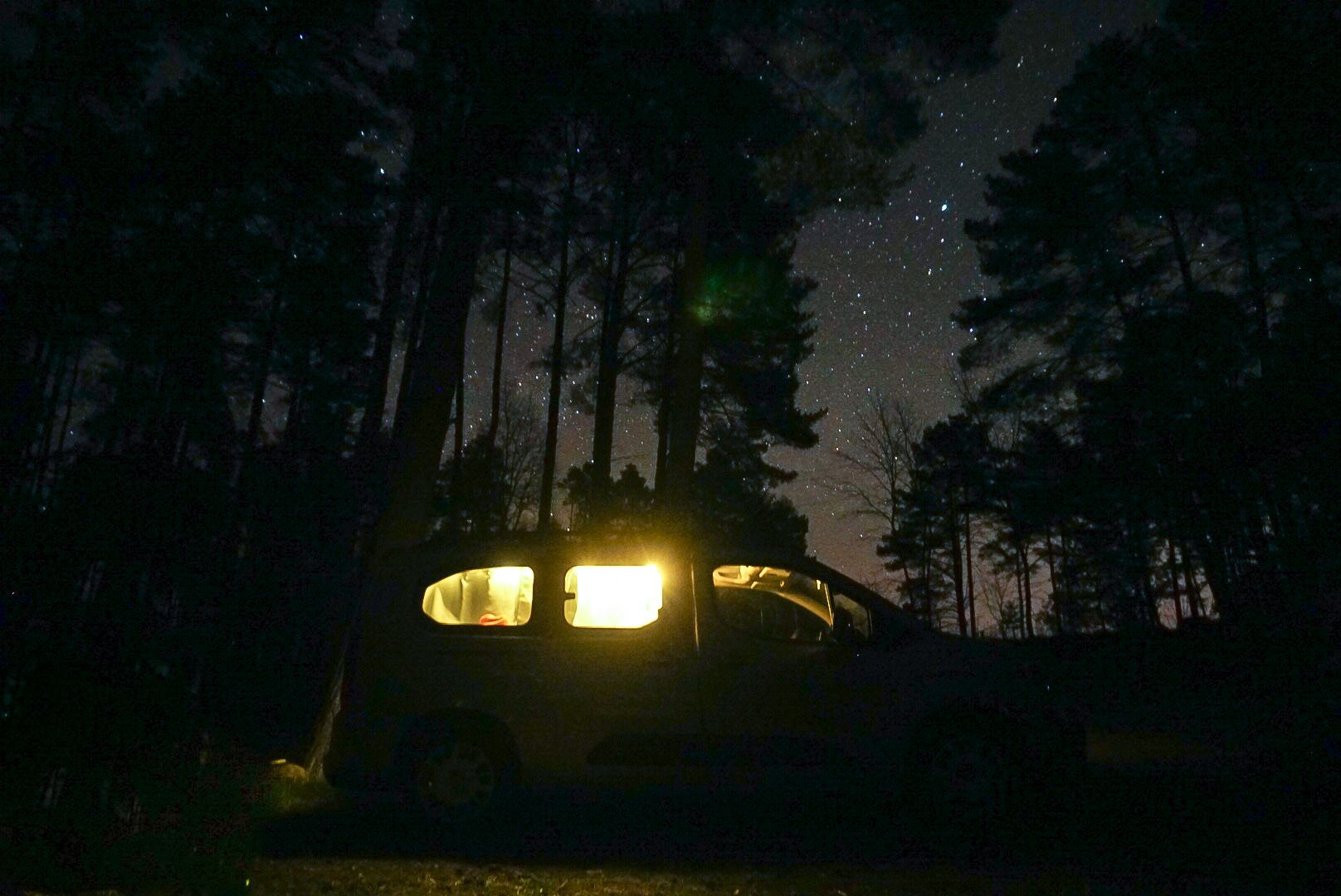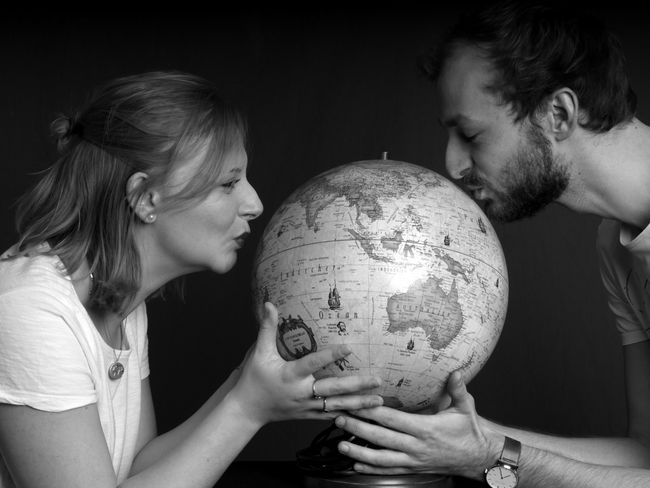Into the Bolivian Jungle
Udgivet: 28.11.2022
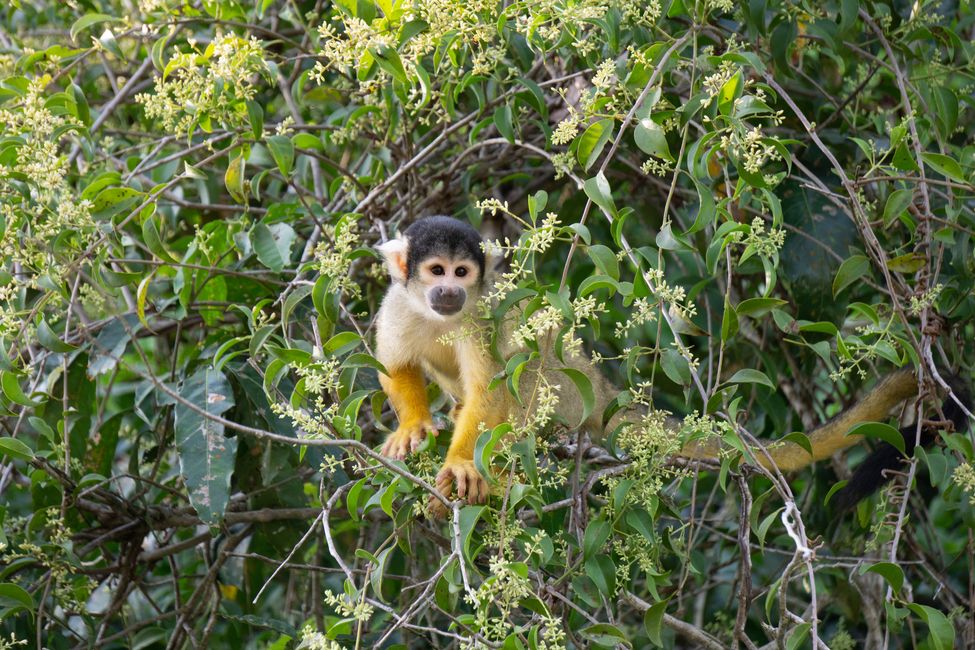
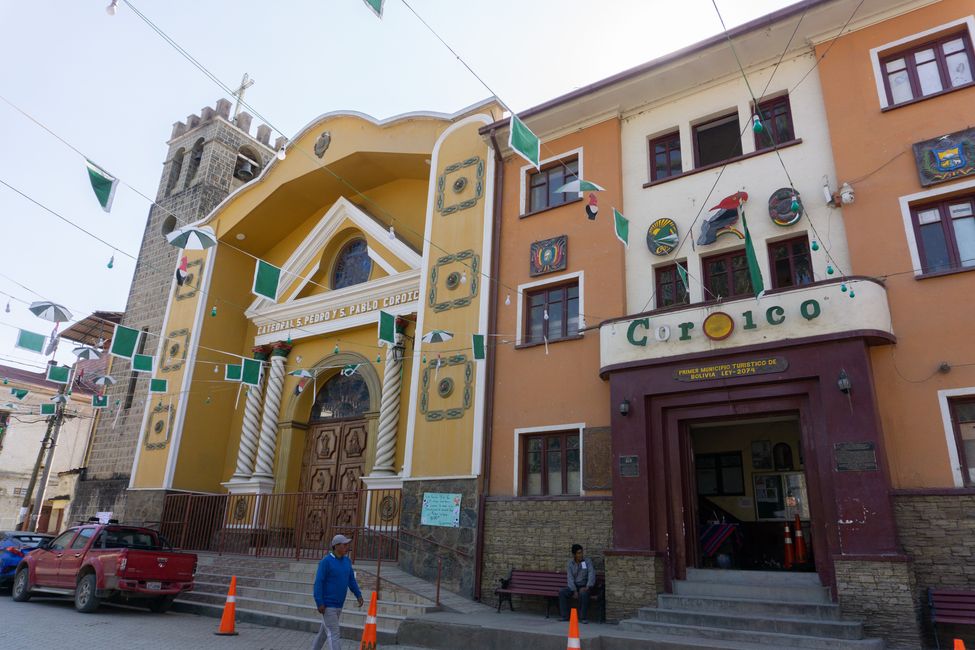
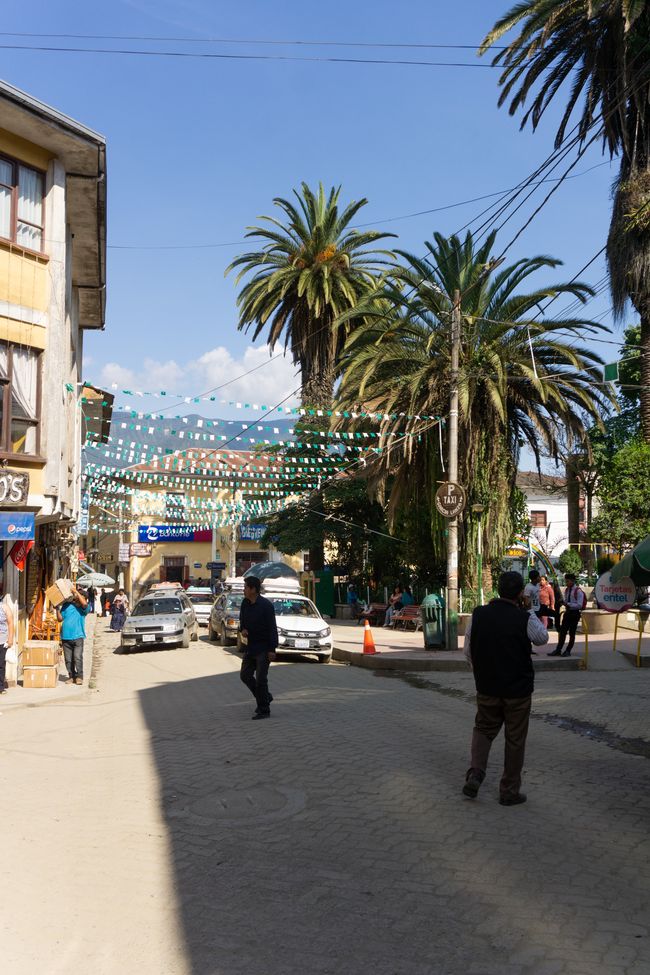
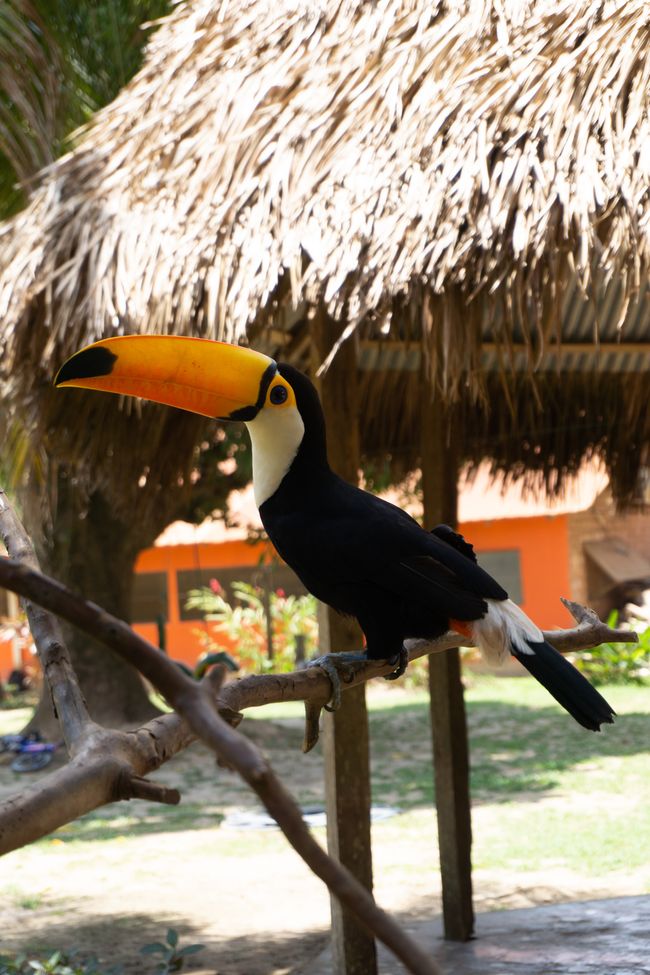
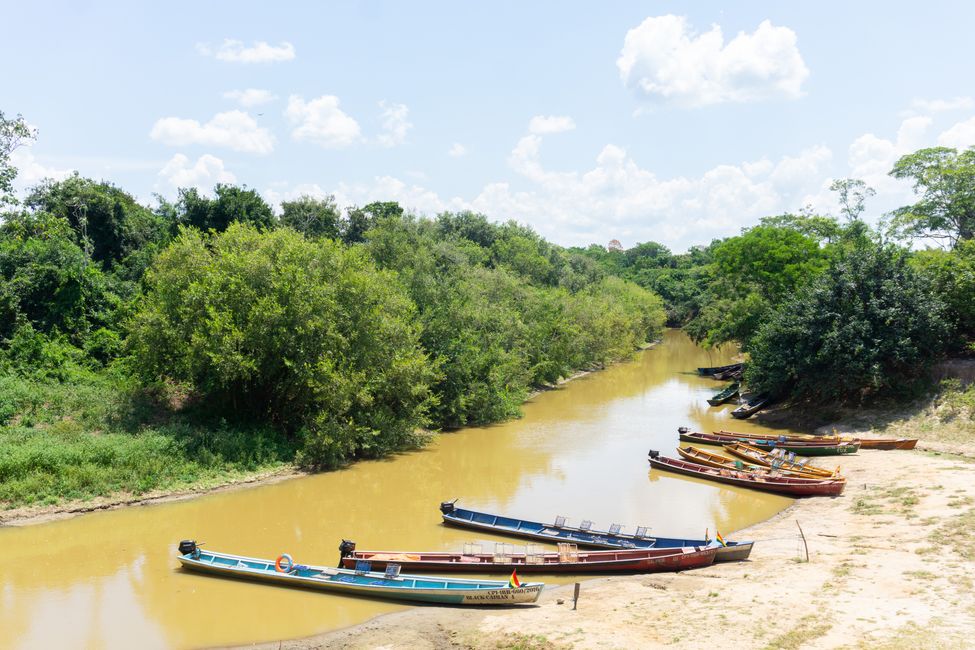
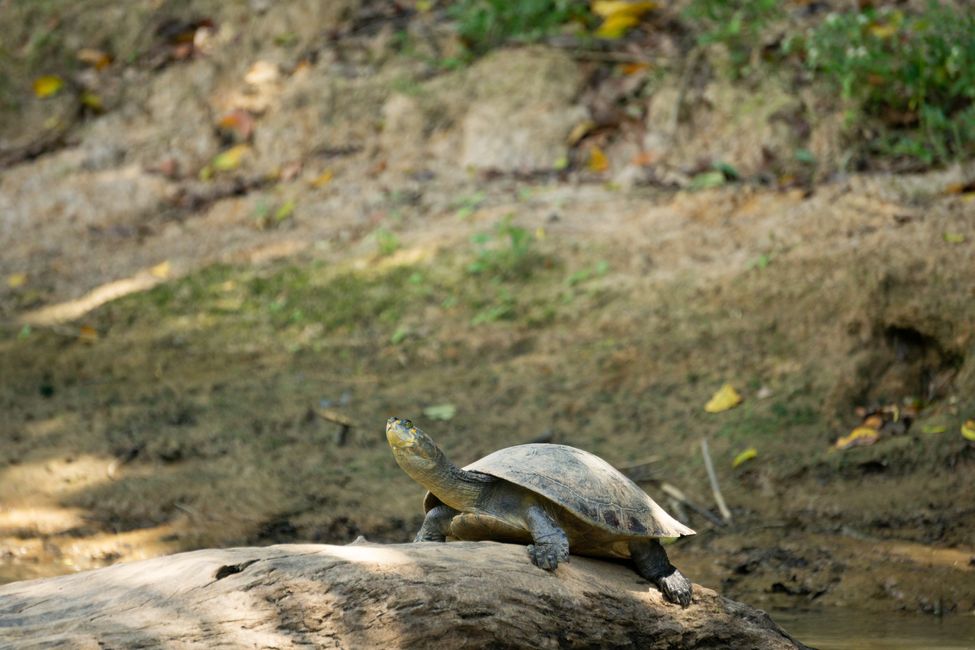
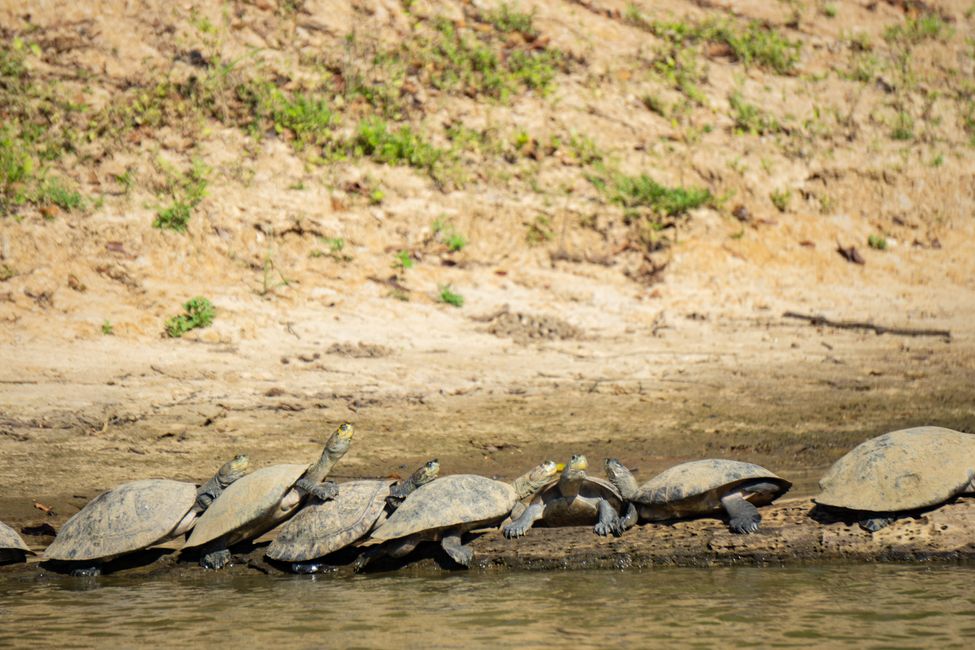
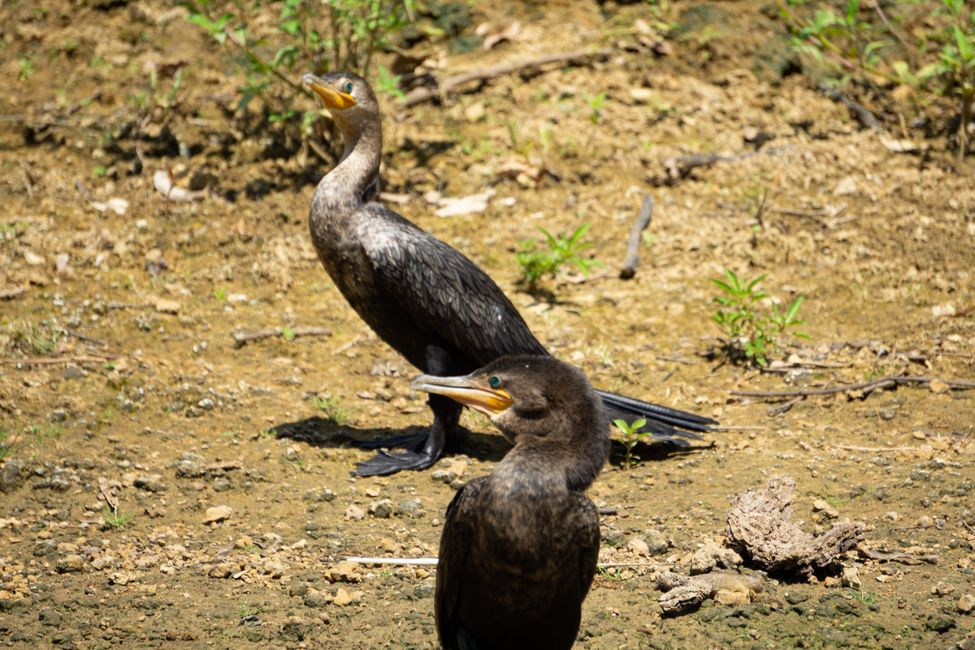
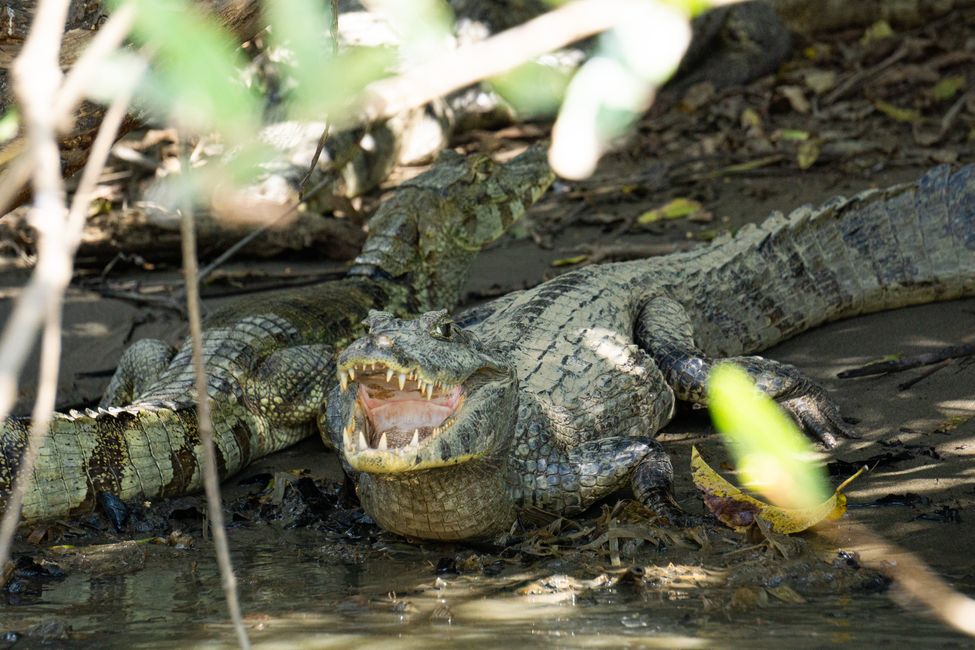
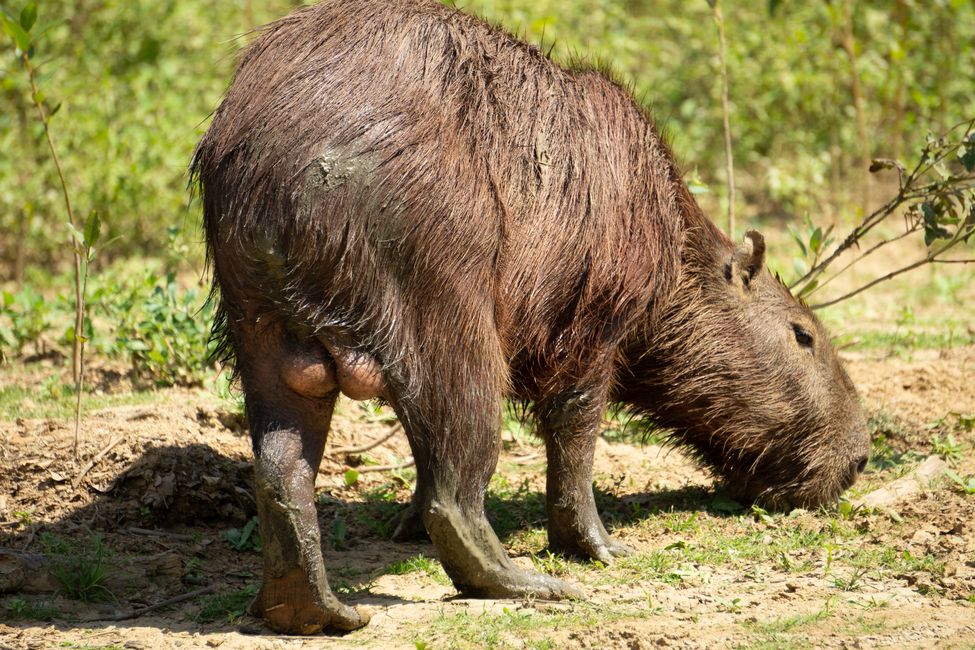
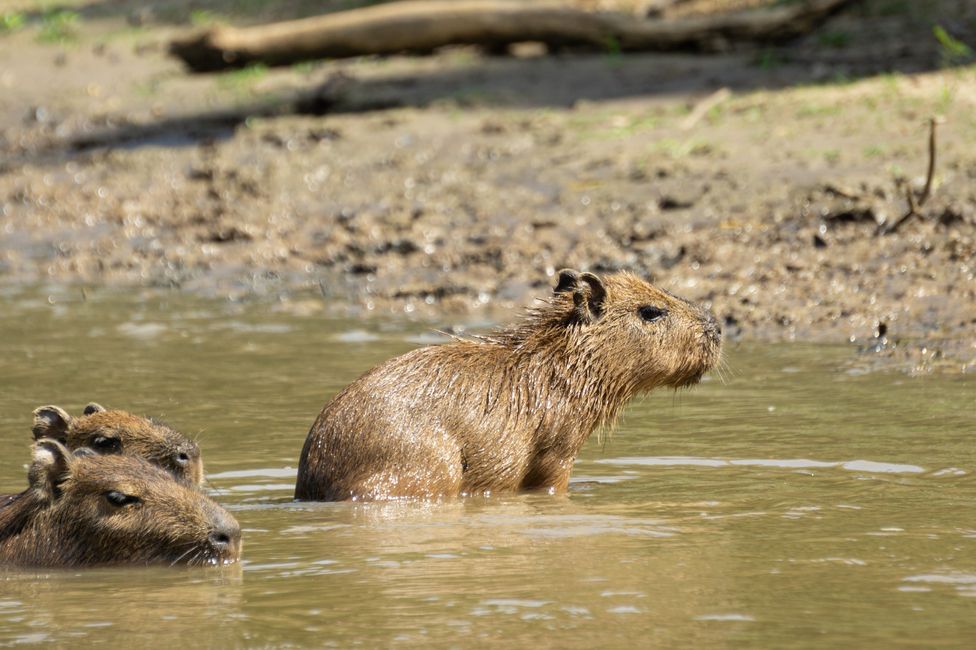
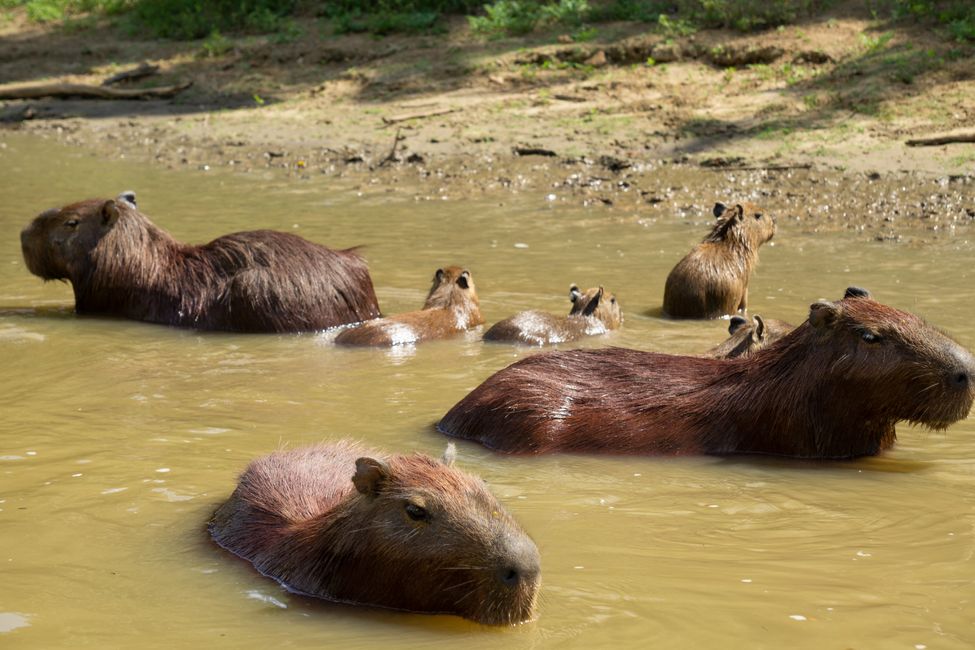
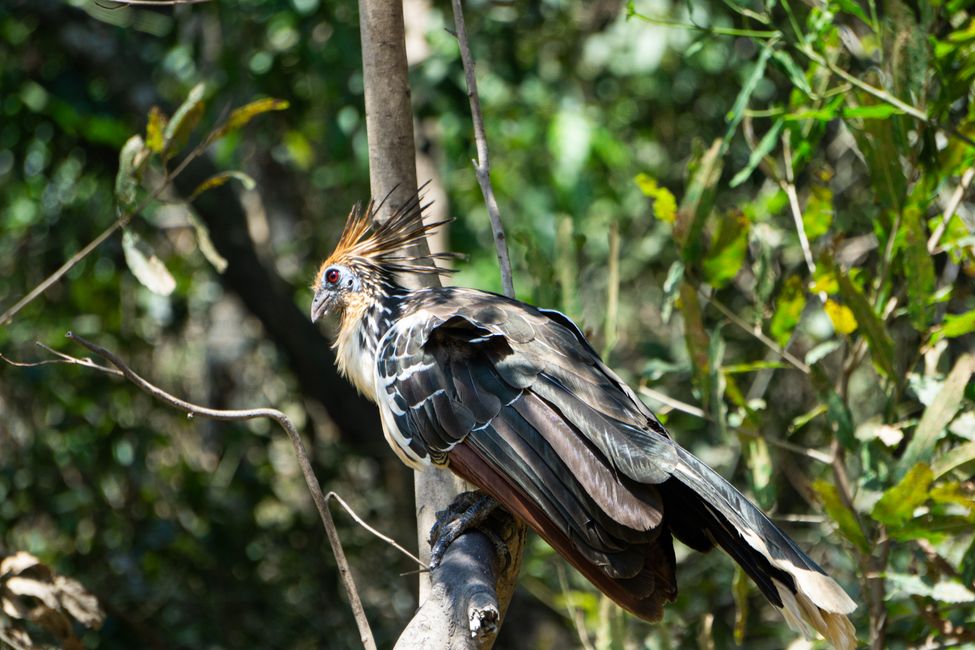
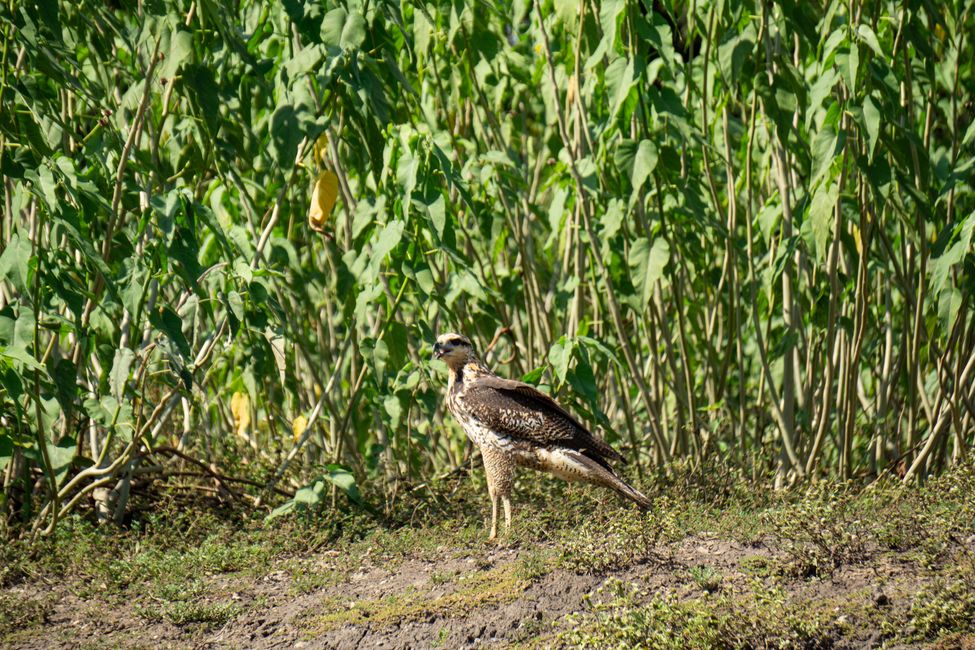
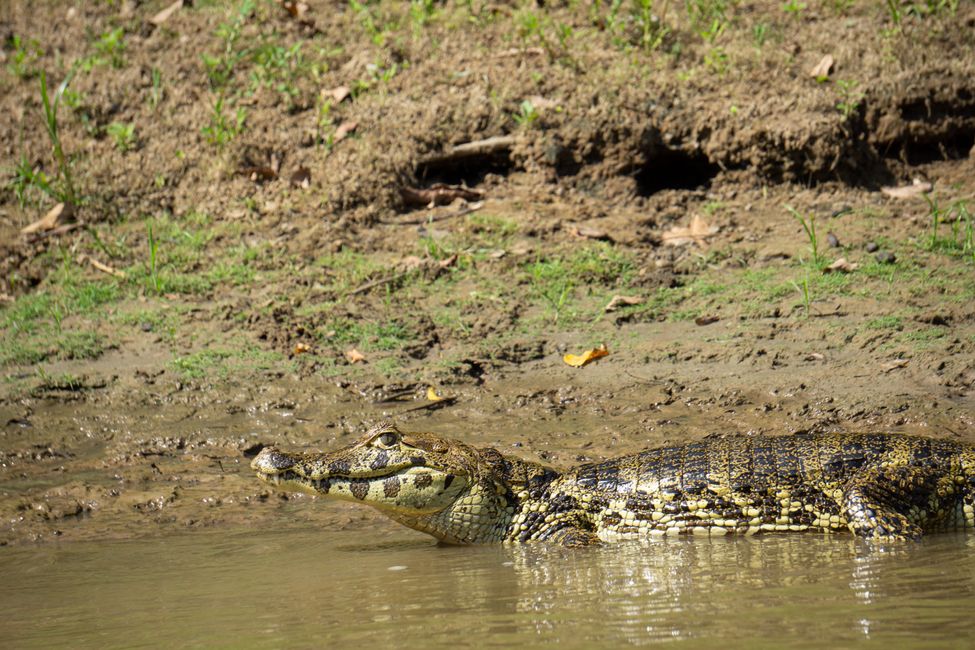
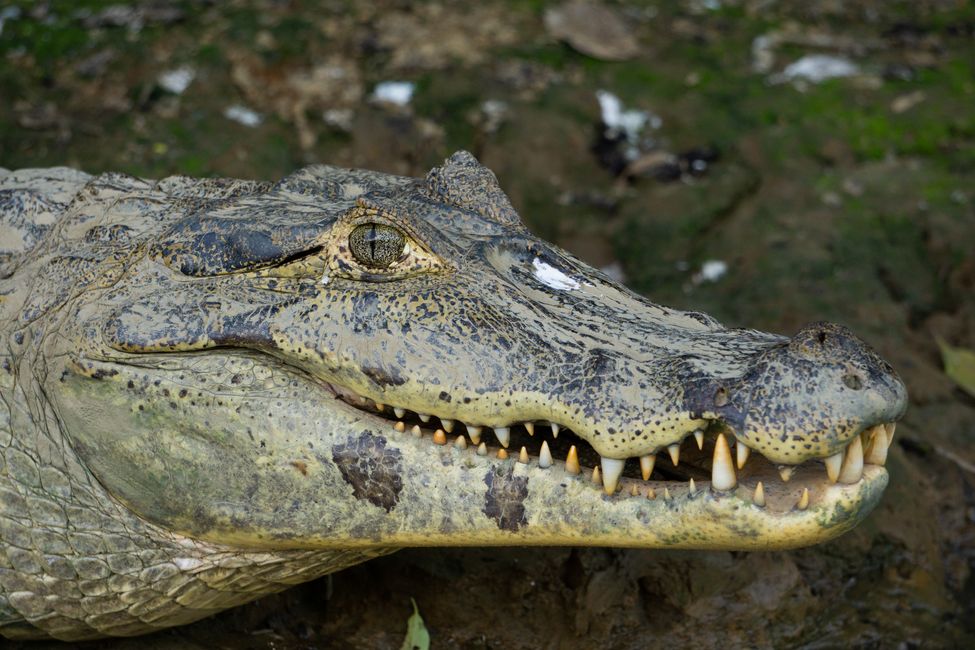
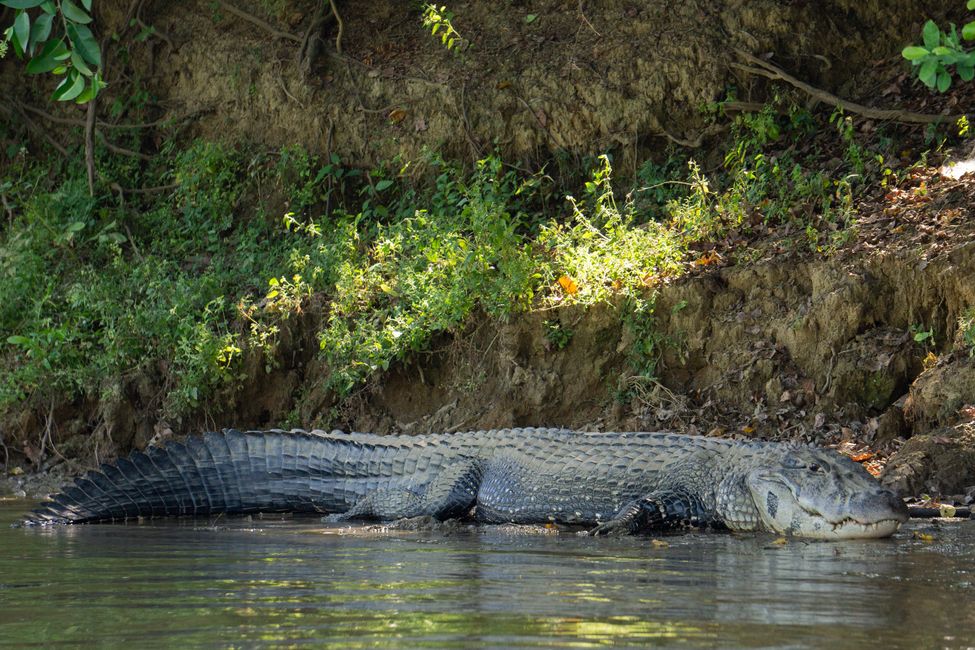
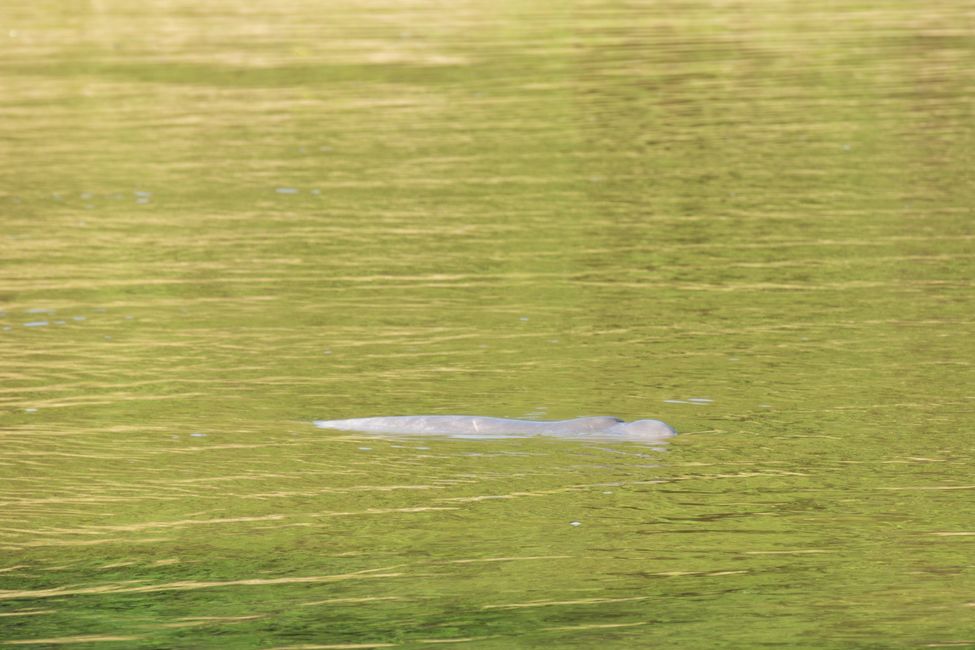
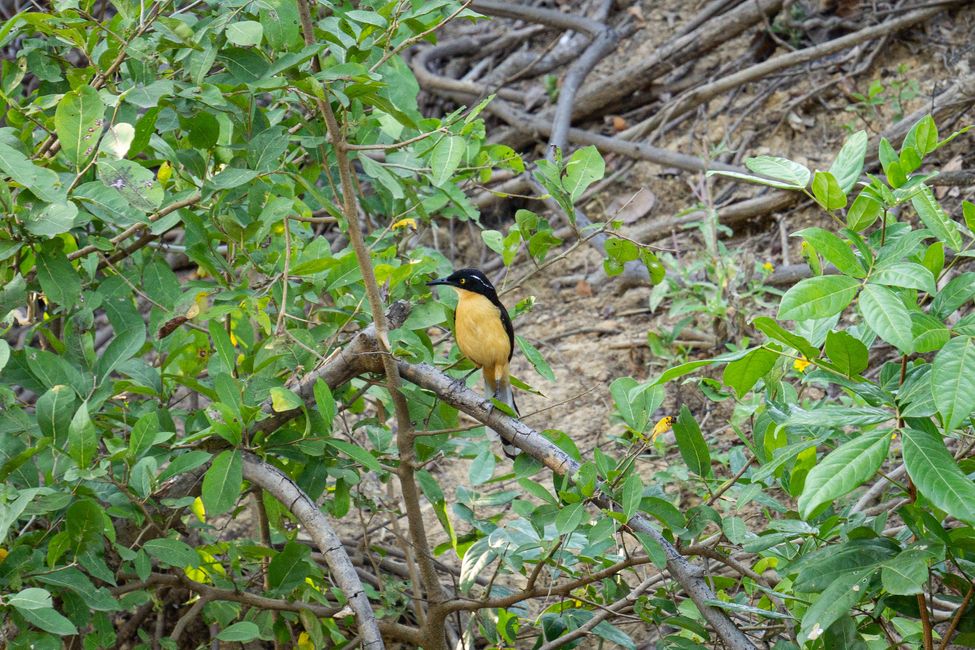
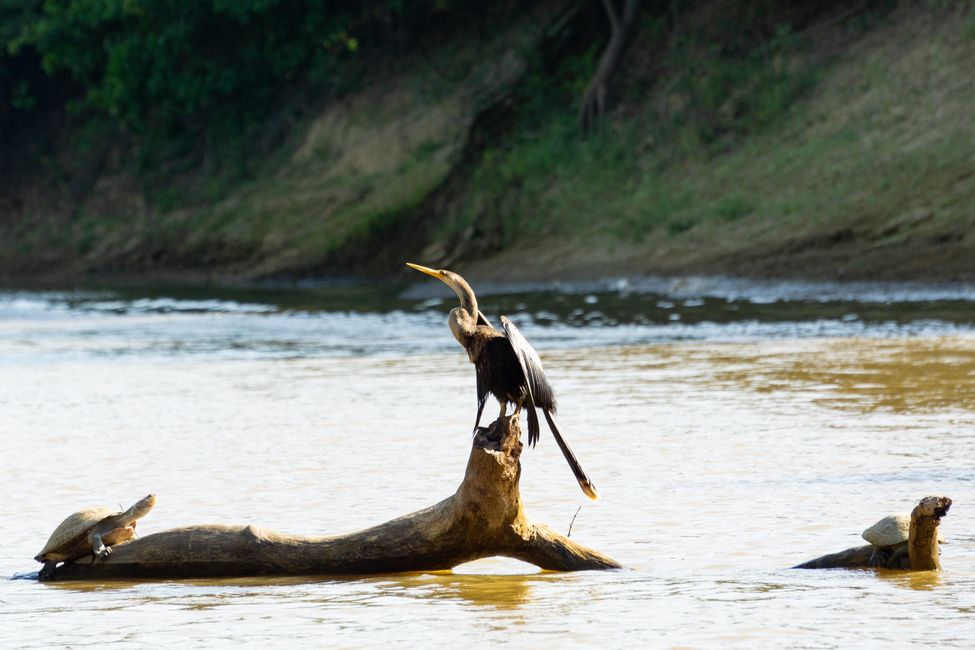
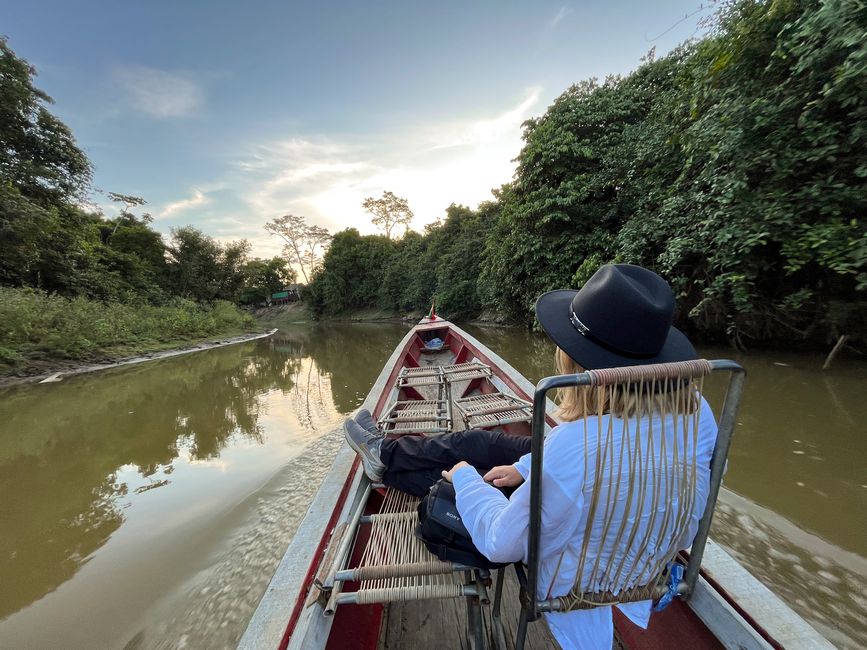
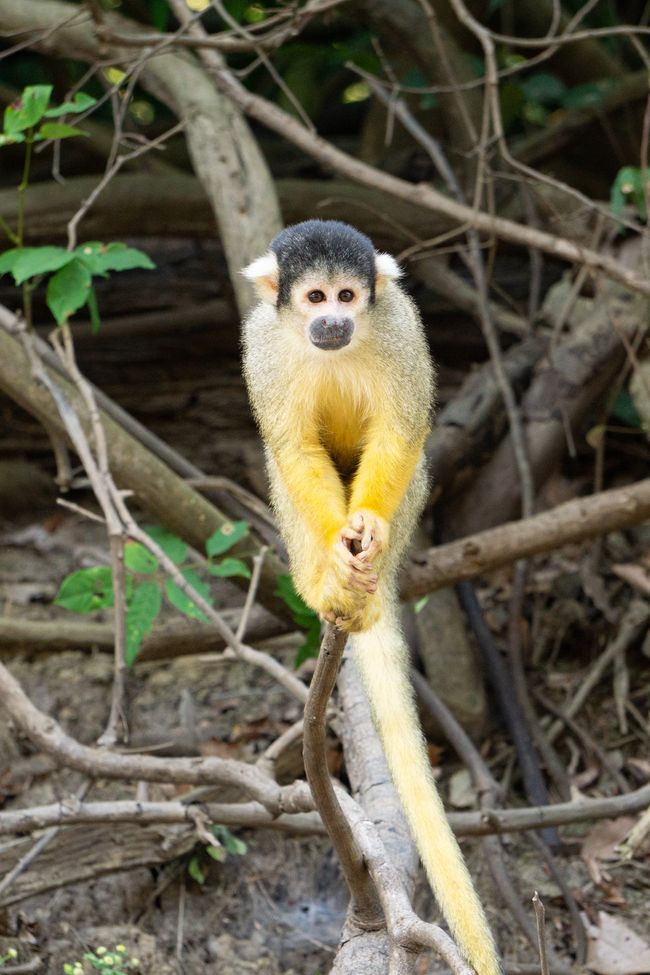
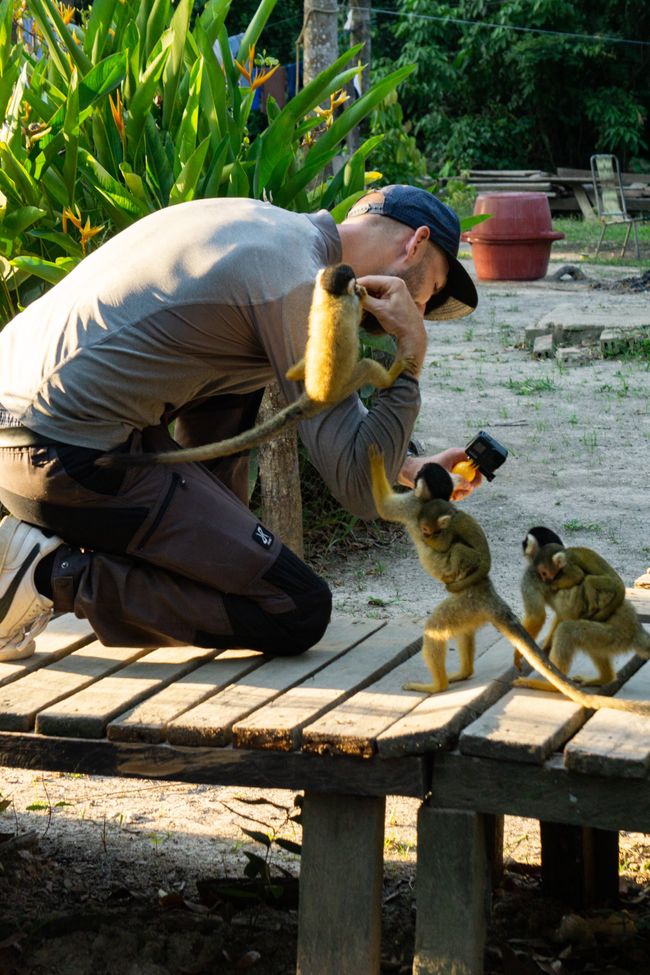
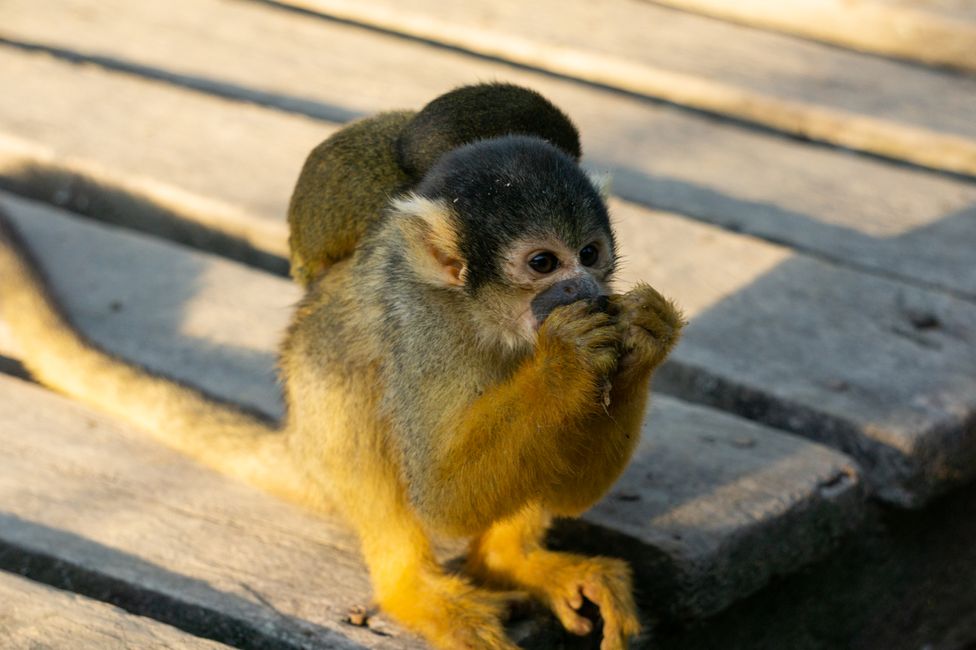
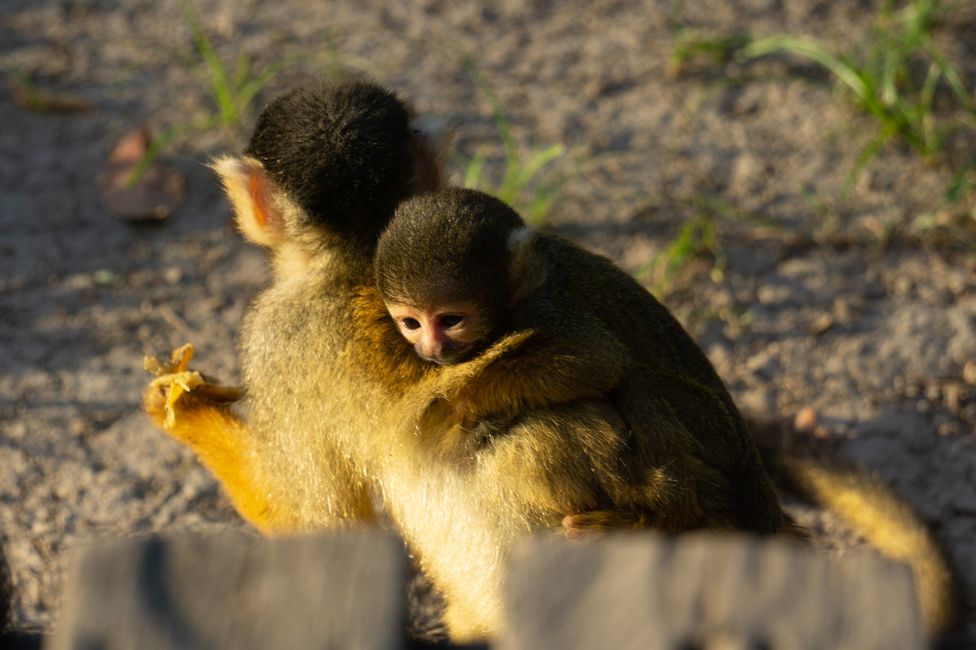
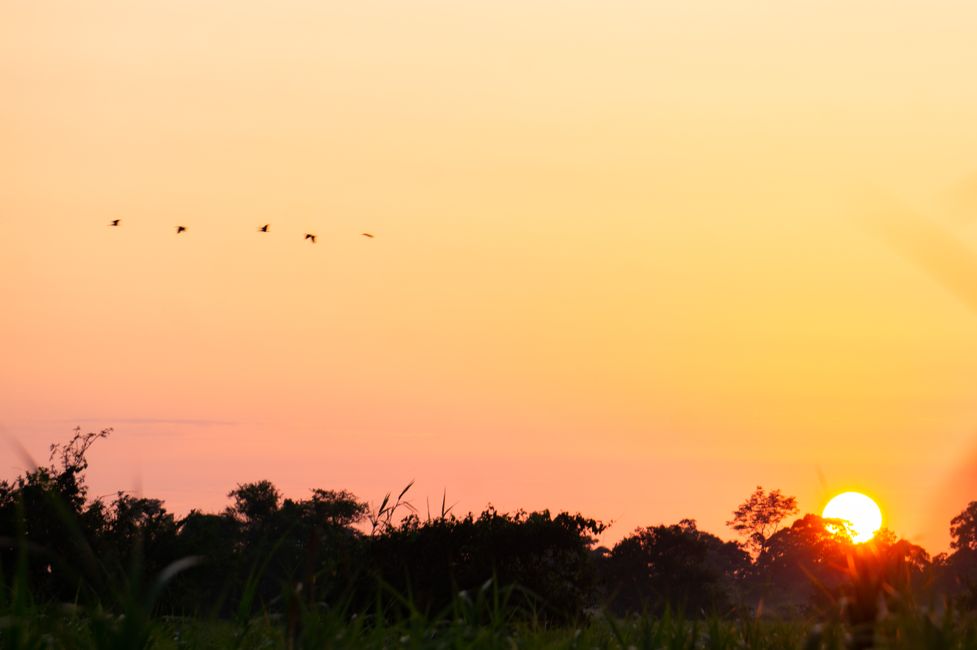
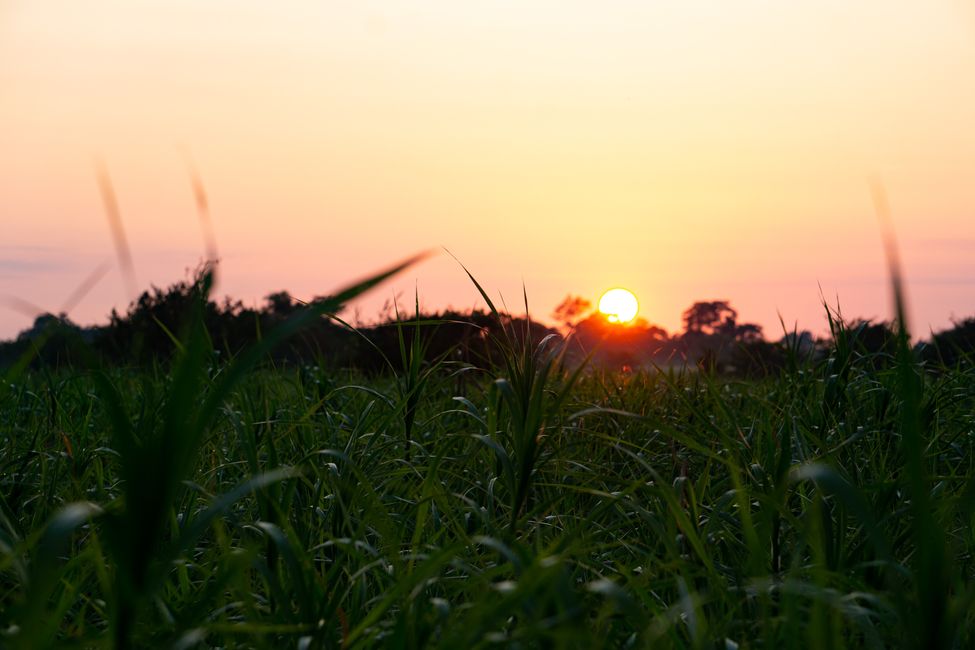
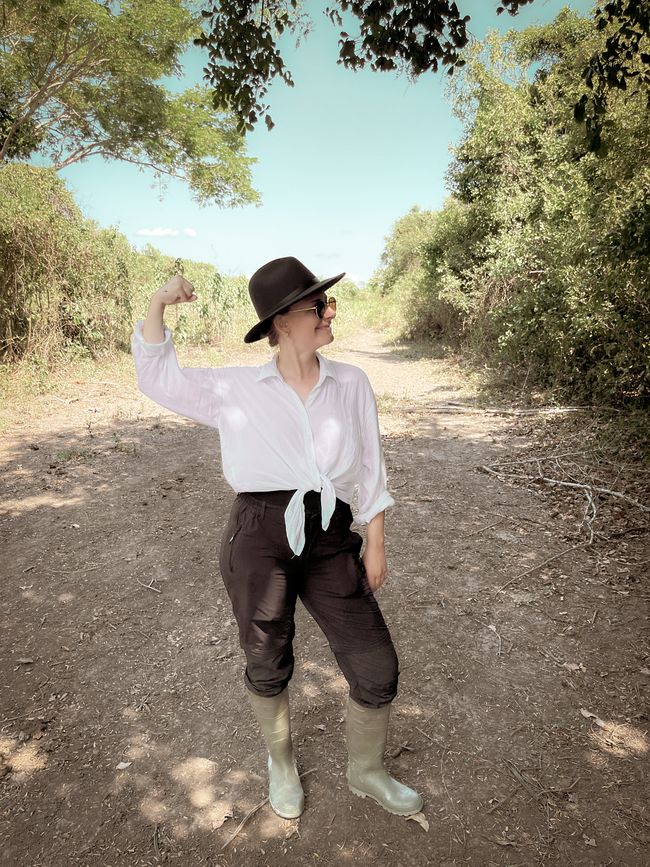
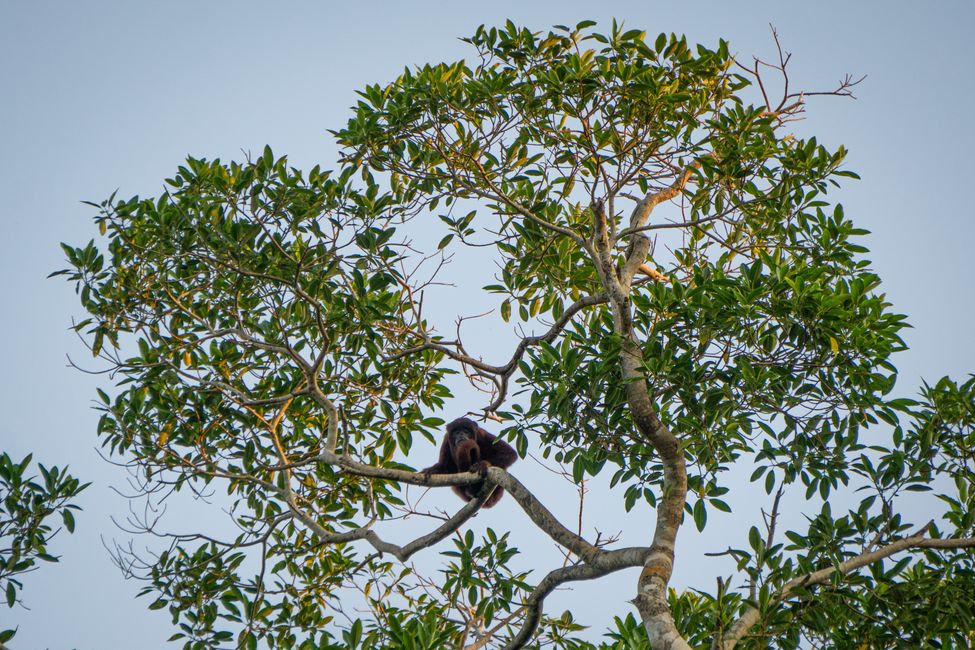
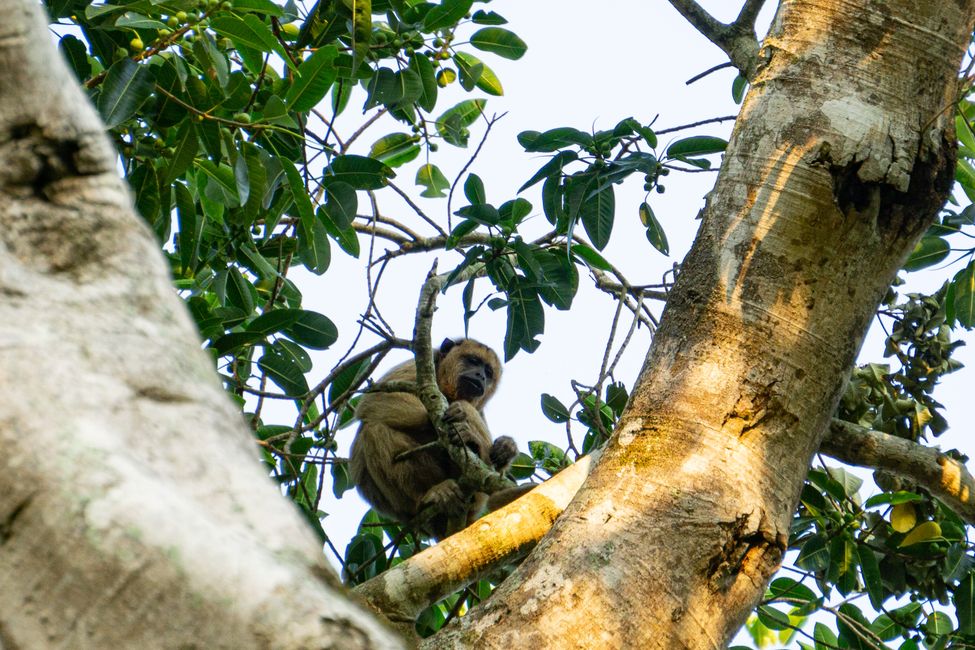
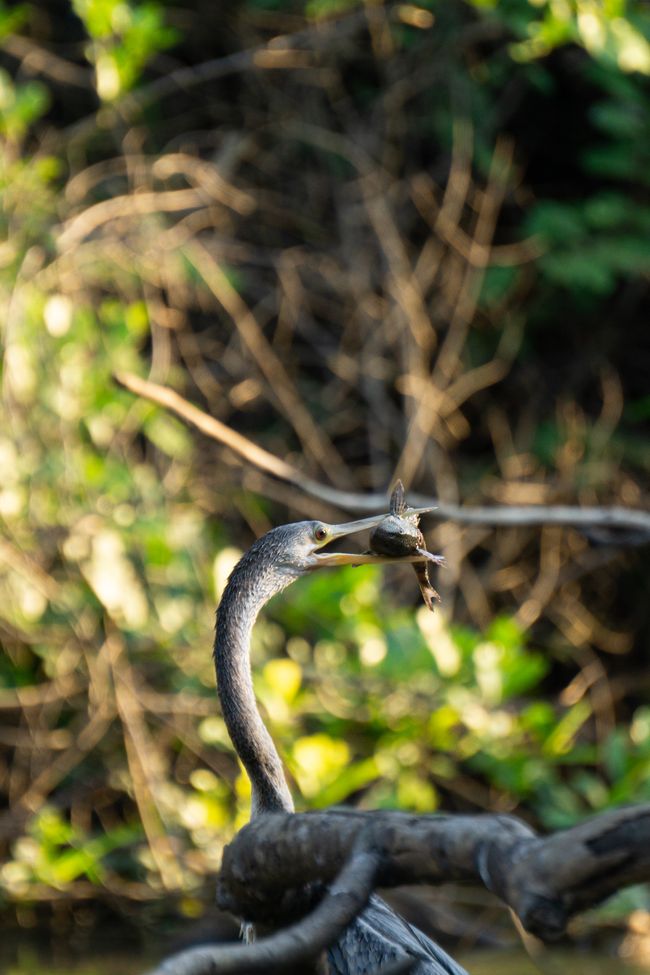
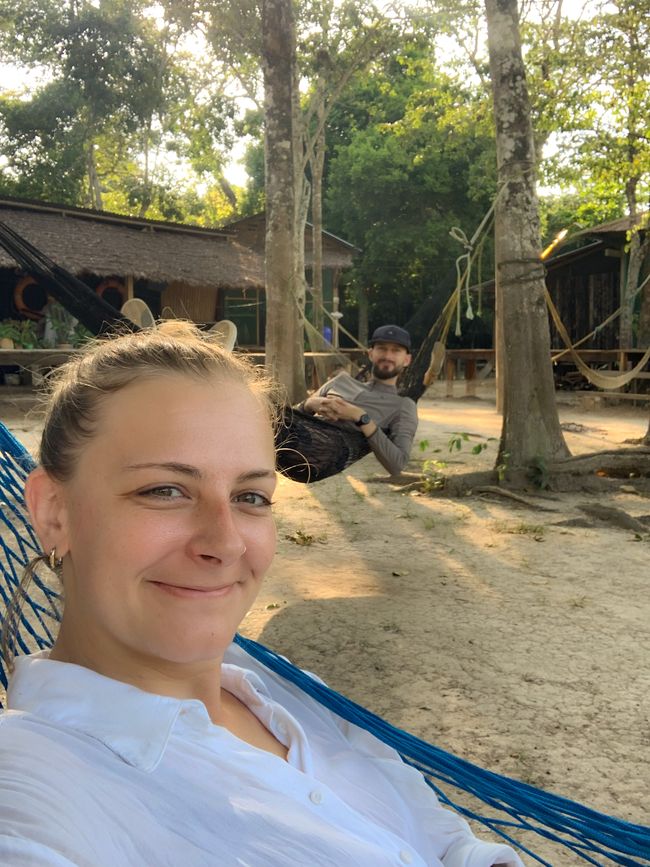
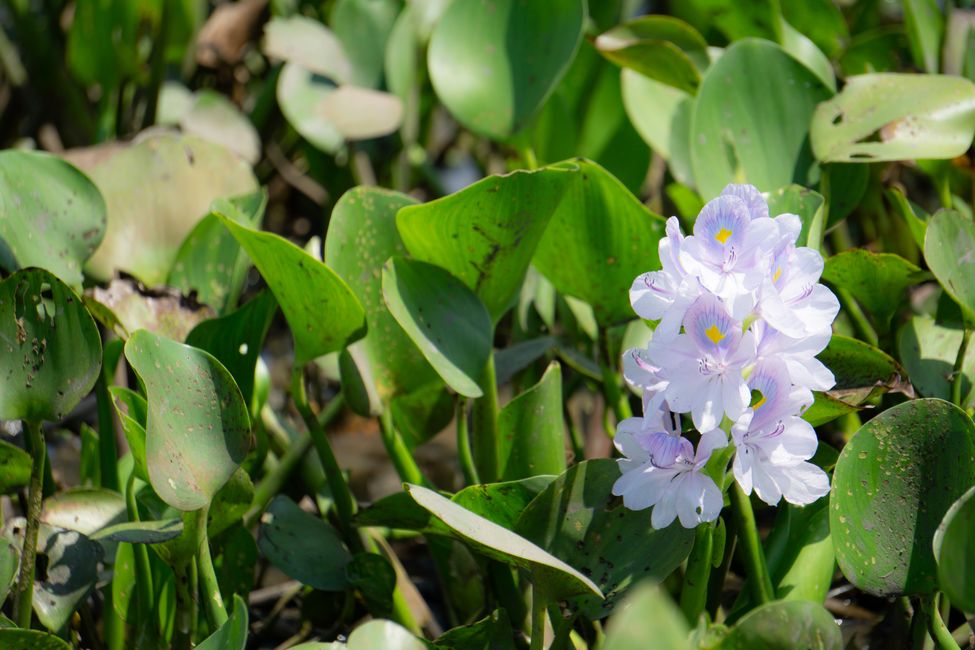
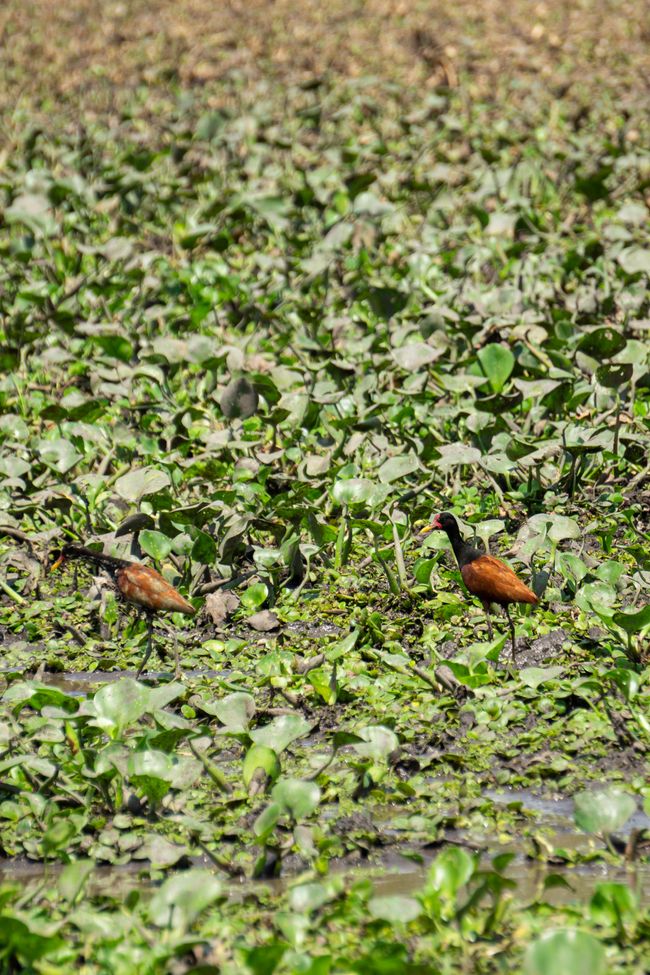
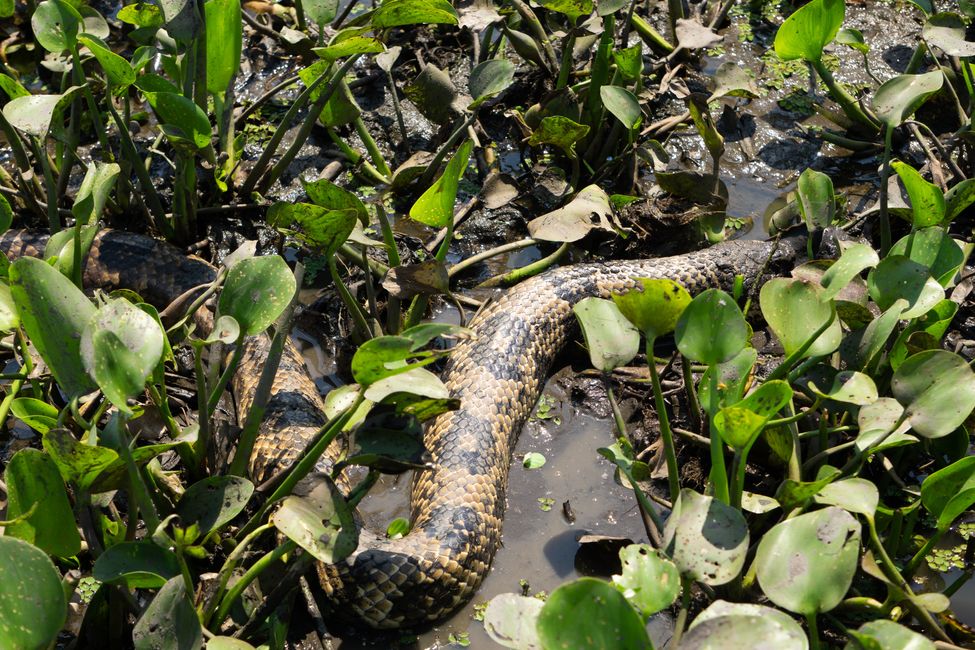
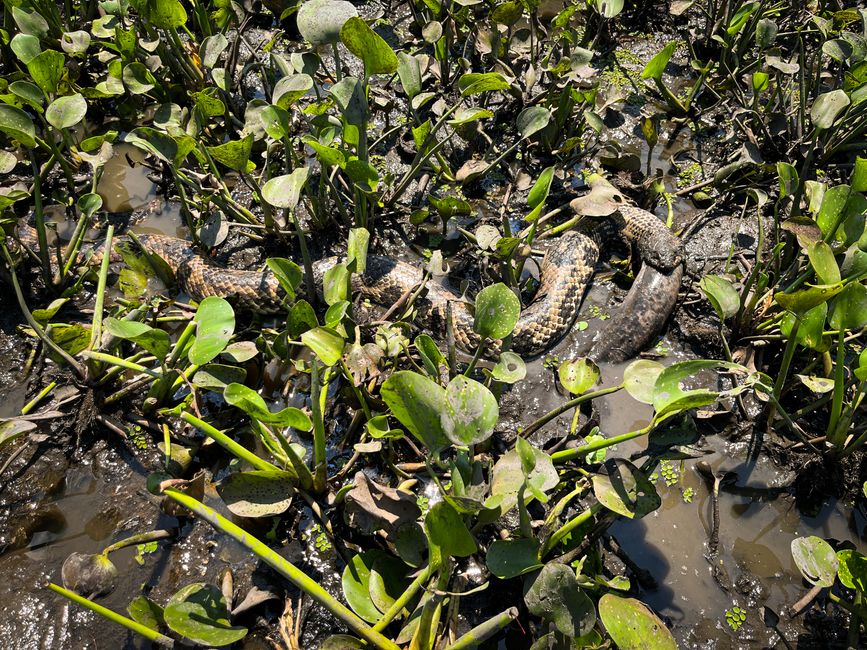
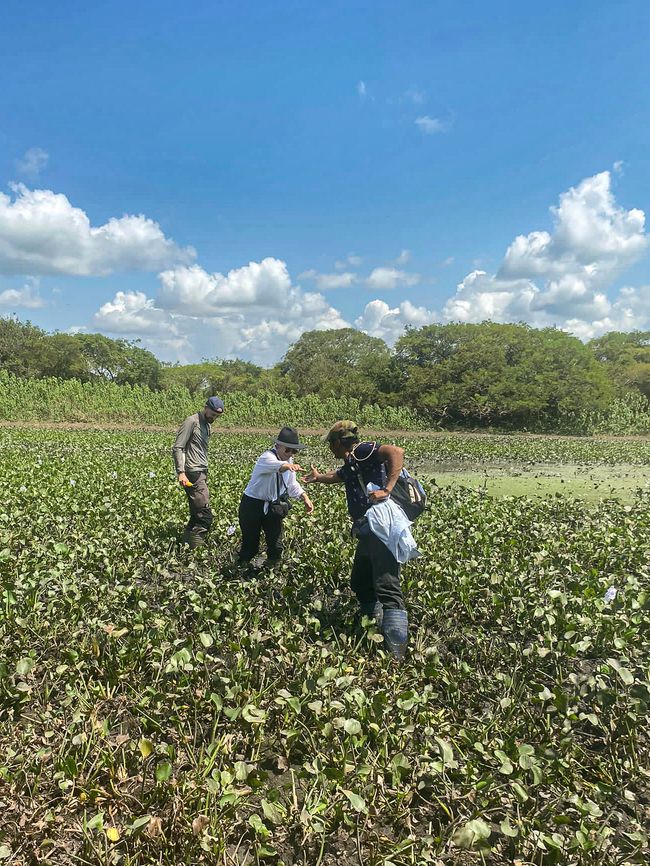
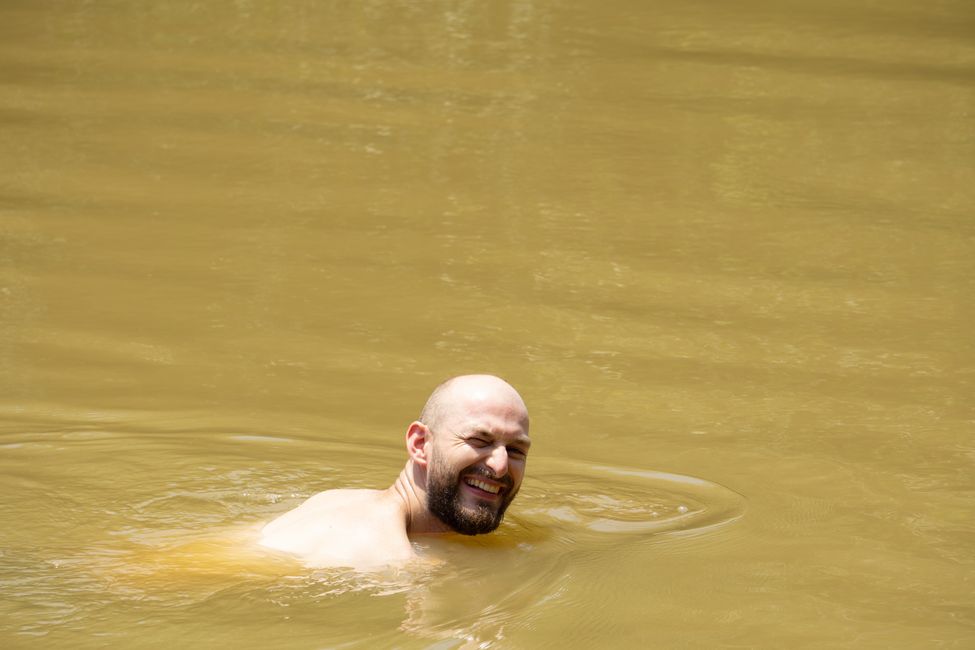
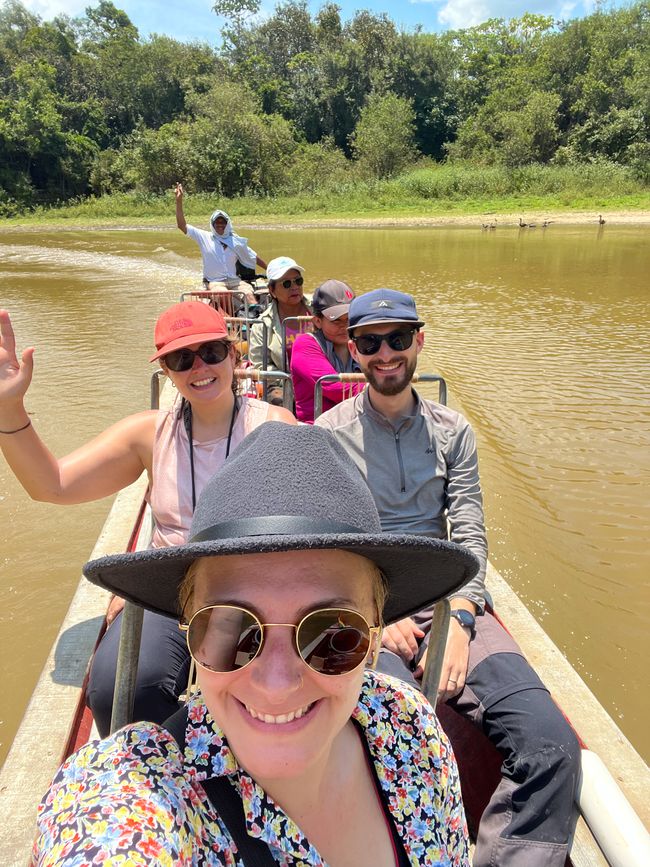
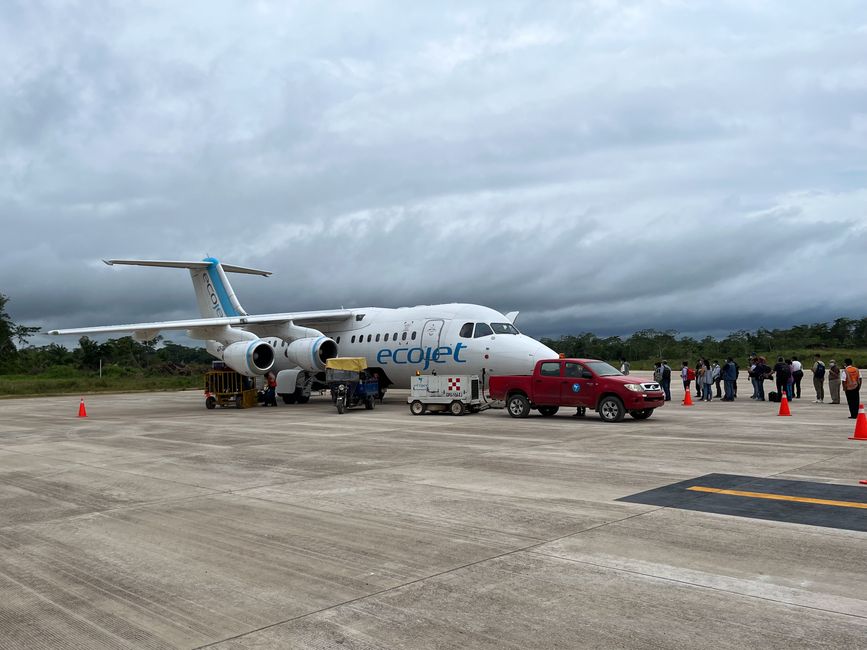
Abonner på nyhedsbrev
We think it's a good idea to avoid the night bus over the bumpy road to Rurrenabaque and instead take a minivan from Coroico. However, we didn't calculate that our drivers would be driving under the constant influence of coca leaves like executioners! On the unpaved road, every curve and every overtaken truck is a real test of courage, as there is a 500m drop beside us. Not for the faint-hearted or our weak stomachs. After changing to three different minivans, we still safely reach our destination. In Rurrenabaque, we are glad to have booked a hostel with a pool and refresh ourselves in the cool water, even at 35 degrees in the evening. In search of dinner, we encounter a lantern procession including a brass band.
After missing breakfast, we find a delicious café in the small town and inquire about jungle tours. There are two options: explore the Pampas by boat and see many animals, or explore the jungle on foot and learn a lot about the plant world. We decide to take a 2-day Pampas tour with Flore, who arrives here a day later, and this time the cheapest provider is one of the best, contrary to all prejudices!
And so the next day we start with a minivan that arrives in Santa Rosa 3 hours later. Here we have lunch and a toucan in the garden. We are looking forward to seeing all the animals (hopefully)! So off we go in the boat (long nutshell with a small motor attached to the back) and into the Amazon area.

After just a few meters, we encounter a caiman or crocodile. It lies comfortably half in the water, half on the shore and seems frozen, as if made of ice. In the following 3 hours on the water, countless other large and small crocodiles follow. Eventually, we are only interested in the biggest ones. The thickest one, a black caiman, measures about 3-4 meters and can even eat the smaller yellow caimans if necessary.

The caimans often lurk under the bushes and trees with large groups of paradise birds. Maybe one of the clumsy birds will fall down... And there are also many other birds to see: white and gray-blue herons, red, yellow, blue birds, eagles, falcons, ducks, and many others.
Hundreds of turtles enjoy sunbathing on protruding branches or quickly plop into the water as we pass by. And again and again, a caiman grins at us from the shore or shows us its teeth.

But we definitely feel connected to other animals, namely the absolutely sweet and extremely chilled capybaras. We would describe them as a kind of water pig with the facial expression of a bored guinea pig. We encounter them in the water or on the shore, as a family, bachelor gang, or loner.

We reach a slightly deeper and calmer part of the river. Here, we can observe three pink river dolphins coming to the surface alternately. Unfortunately, you only see a small part of the dolphins sticking out of the water.
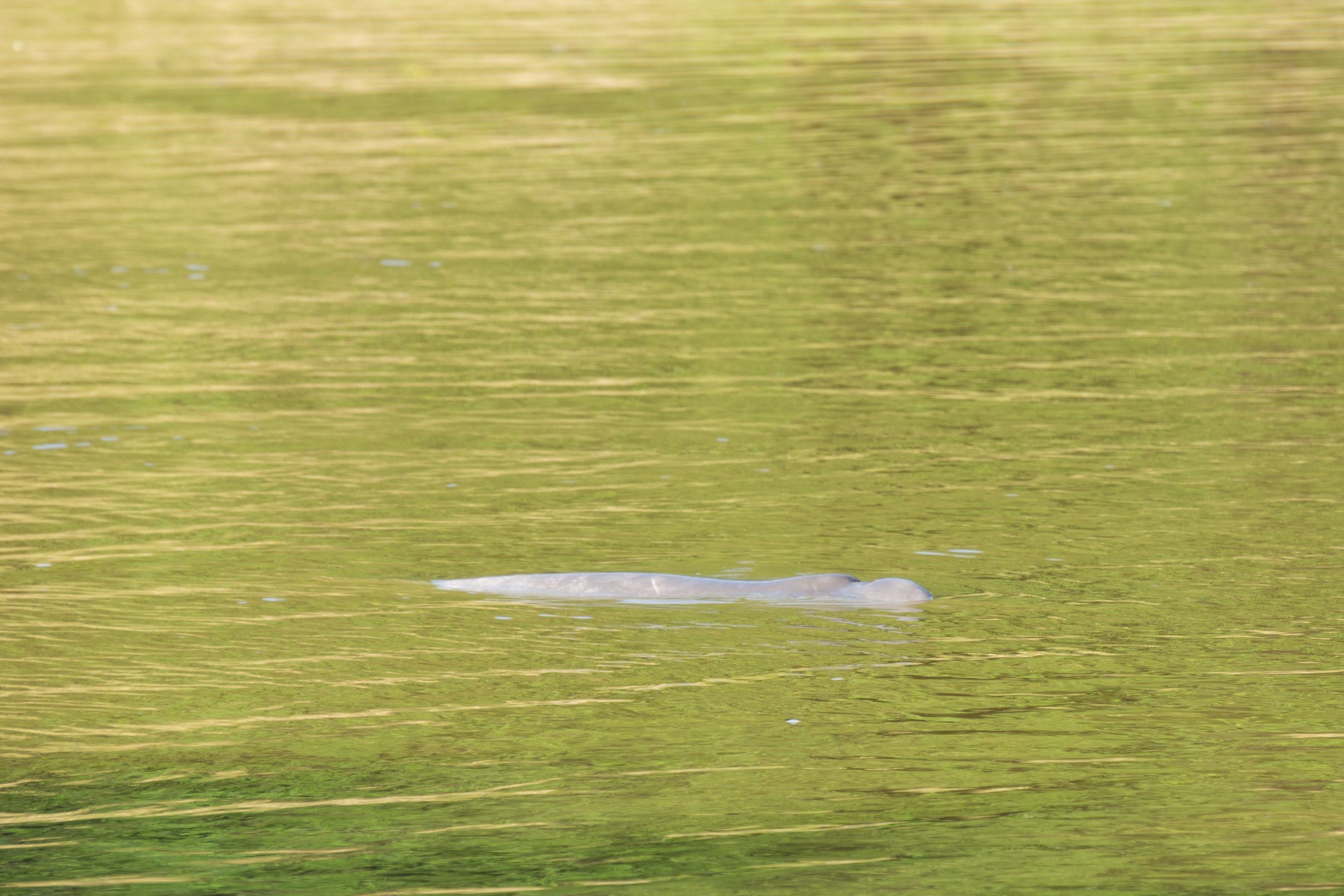
Eventually, we reach our simple camp for the night, where we are welcomed with popcorn and orange juice. Even a few monkeys say thank you and jump on our backs or climb up our clothes to get to the popcorn and bananas - a great experience! Even baby monkeys cling to their moms no matter what maneuvers they make.

Then we continue to the sunset with beer and a beautiful red sky. But with the dusk, the mosquitoes also become more numerous, and we quickly try to get into protected rooms again. In the darkness, we can still see the glowing eyes of numerous caimans with our flashlights.
We fall asleep to the incredible sounds of the rainforest, just in time to be fit again for the sunrise in the morning.
Day 2 in the Amazon begins with a short boat trip. Just in time for the sunrise over the flat landscape full of tall reeds, we arrive at the viewpoint. At first, you can still hear the larger monkeys screaming loudly, but once the sun has risen, the noise level subsides. When it is not yet so hot in the morning, many jungle creatures come out of their hiding places, and so we discover some of the larger monkeys high up in the trees, a toucan crosses the river above us, and even a group of yellow macaws whizzes over our heads. Unfortunately, too fast to take a photo.

Back at the camp, we have breakfast first and then we can relax a little in the hammocks by the river. Swaying gently in the pleasant shade and surrounded by the sounds of the rainforest, we could linger here forever... Please pack it up to take away, preserve it in a jar of jam, and inhale it whenever we want!
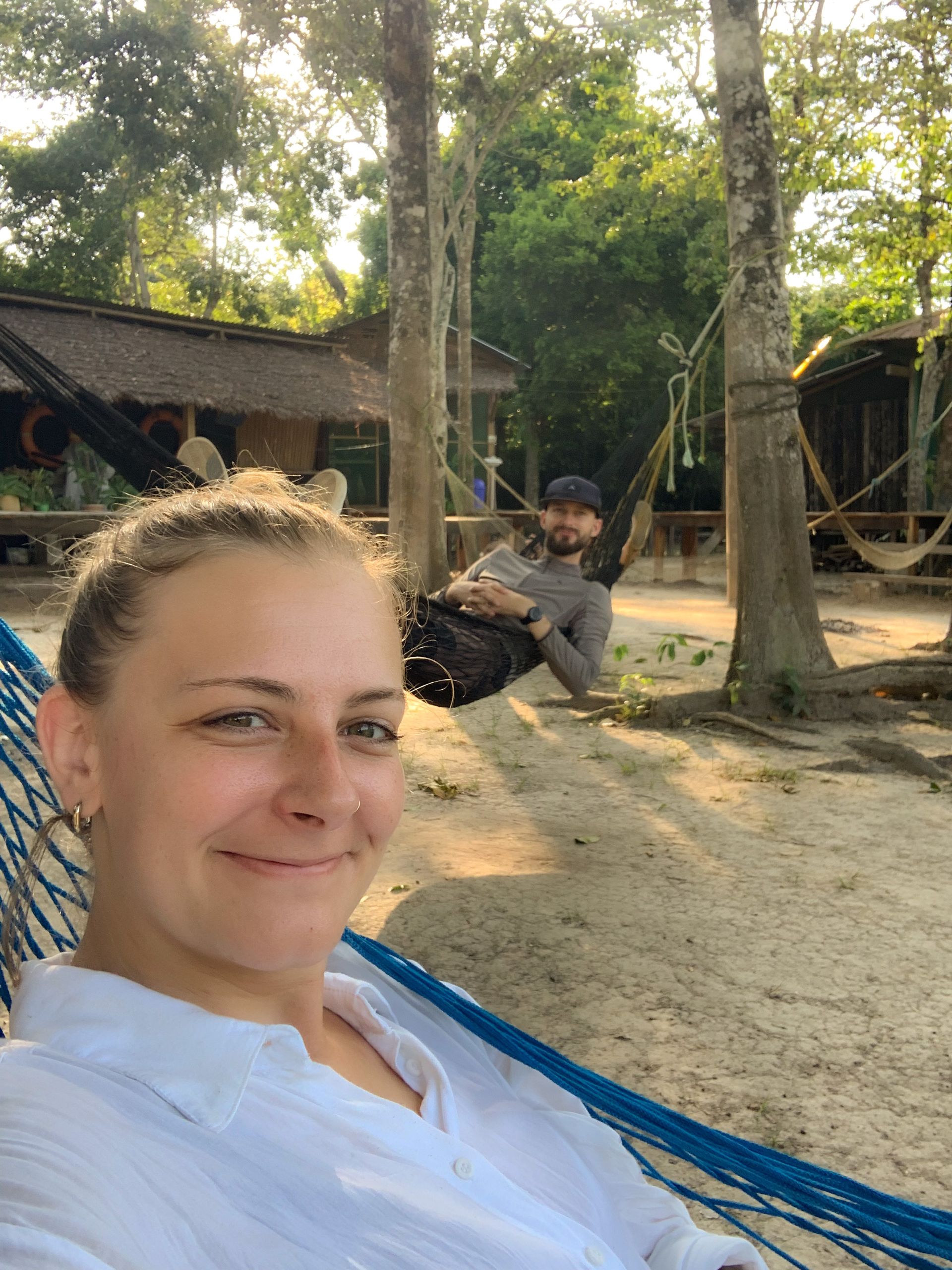
But we still have something to do, so no more coziness, because now we are going in search of an anaconda! The snakes are said to hide somewhere in the marshy area around the river. We are not very optimistic about finding one, but suddenly the guide of another group calls us over. And right there in front of our feet, a boa is busy devouring a fish. Slowly, she pushes the still slightly wriggling fish further and is not disturbed by us at all. When she is done, she turns around and slowly disappears back into the swamp. However, getting out of all the mud is more difficult for us than expected, and we have to pull our feet out of the swamp with a lot of strength...
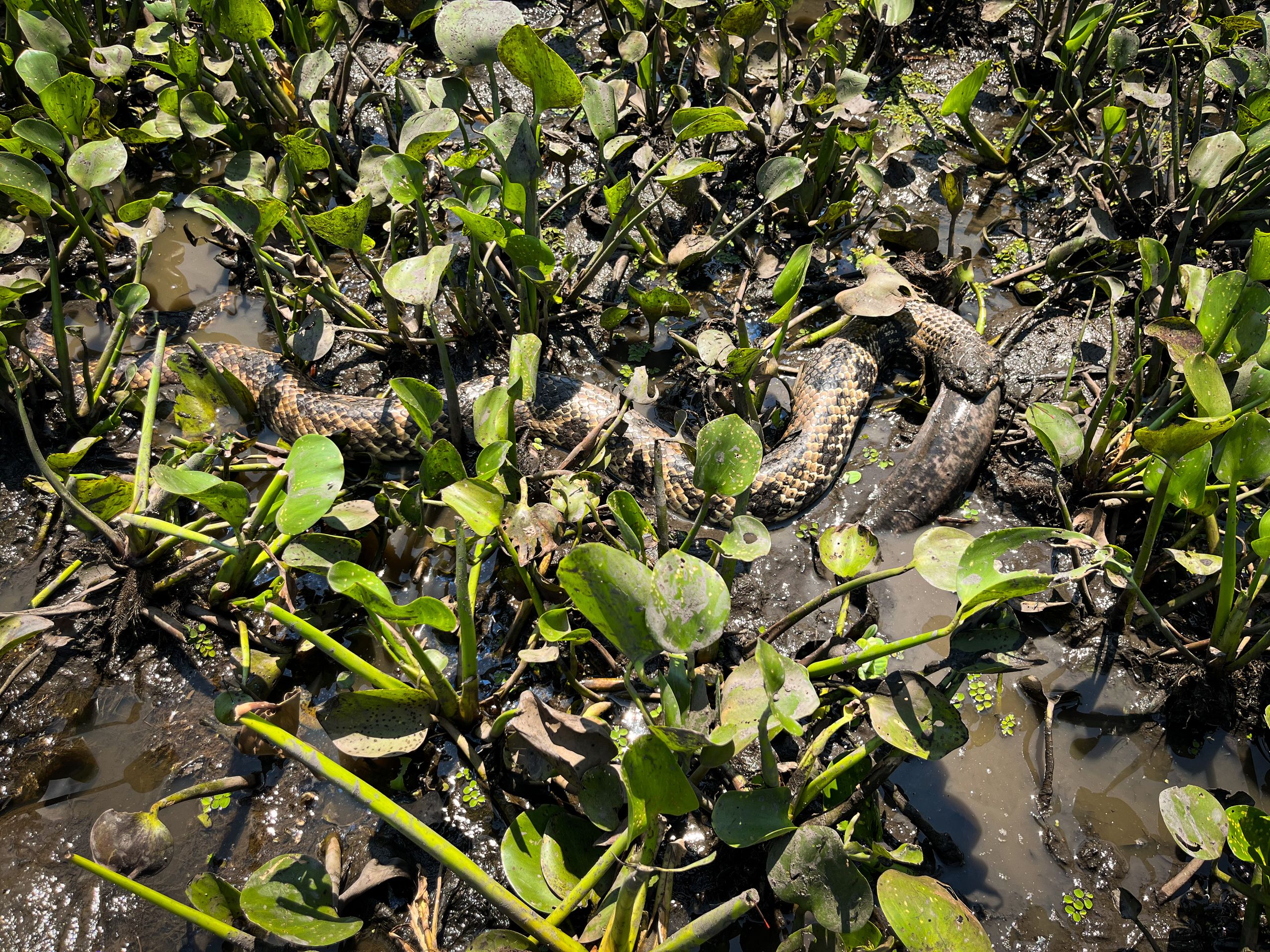
There is also lunch for us, and then we first go back to Rurrenabaque by boat and then by car.
We briefly consider doing the tour into the jungle after all, but from tomorrow it is supposed to rain here, so we prefer to make our way to our next destination: Cochabamba. And because we want to live a little longer, we take the smallest airport we have ever seen, the small plane, which brings us to Cochabamba with a short stopover in La Paz, much more comfortably and, above all, safely.
Abonner på nyhedsbrev
Svar

Rejserapporter Bolivia
